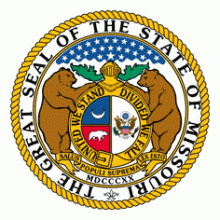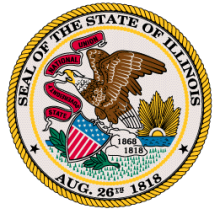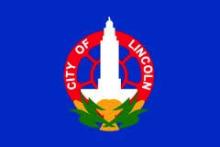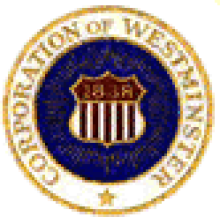Missouri Legislature Off to Another Anti-Muni Session: Pick Up Your Phone and Call!
If you pay attention to state laws affecting municipal networks in Missouri, you are experiencing an unsettling feeling of deja vu right now. On January 7, Representative Lyndall Fraker introduced HB 2078, a bill much like last year's Senate anti-muni bill. Fraker is Chair of the House Utility Infrastructure Committee, where the bill is now awaiting a hearing, so it has a good chance of being heard sooner rather than later.
Your Phone Call Required!
Time to call Members of the Committee, especially if any of them represent you, and let them know that you expect them to vote against this bill. It is anti-competitive, opposed to local authority, and prevents new investment. Bad bill!
Preventing Partnerships to Maintain The Status Quo
This bill would not only make it extremely difficult for local communities to invest in publicly owned Internet networks, but would complicate and delay public-private partnerships. A number of communities across the country already own infrastructure and are exploring ways to partner with private providers who want to use it to serve schools, businesses, and residents. If a community wants to lower telecommunications costs or obtain better services, this legislation would have them first jump through a series of obscure, expensive, and cryptic hoops. This legislation creates barriers that serve no purpose except to erect hurdles that discourage local communities from finding better providers.











